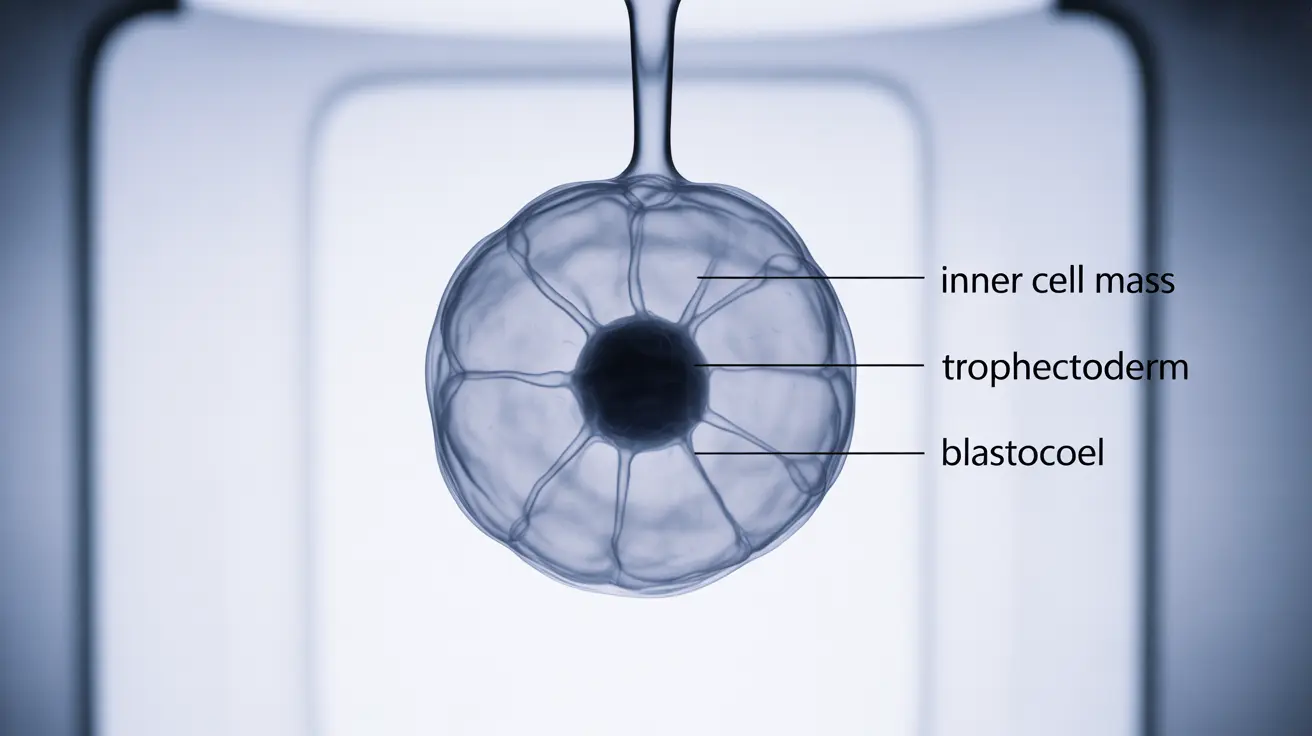For couples undergoing IVF treatment, understanding embryo quality is crucial for success. A good quality 5 day embryo blastocyst represents a significant milestone in fertility treatment, and its grading can provide valuable insights into potential pregnancy outcomes. This comprehensive guide will help you understand how embryologists evaluate and grade day 5 blastocysts.
The Anatomy of a Day 5 Blastocyst
By day 5, a healthy embryo should have developed into a blastocyst, containing two distinct cell types and a fluid-filled cavity. Understanding this structure is essential for comprehending the grading system:
- Inner Cell Mass (ICM) - Forms the future fetus
- Trophectoderm (TE) - Develops into the placenta
- Blastocoel - The fluid-filled cavity within the embryo
The Three Components of Blastocyst Grading
Expansion Grade
The first component evaluates how expanded the blastocyst is, typically on a scale of 1-6:
- Grade 1: Early blastocyst, cavity just beginning to form
- Grade 2: Blastocyst with cavity filling >50% of the embryo
- Grade 3: Full blastocyst with cavity completely filling the embryo
- Grade 4: Expanded blastocyst
- Grade 5: Hatching blastocyst
- Grade 6: Fully hatched blastocyst
Inner Cell Mass (ICM) Quality
The ICM is graded based on the number and compactness of cells:
- Grade A: Many tightly packed cells
- Grade B: Several loosely grouped cells
- Grade C: Very few cells
Trophectoderm (TE) Quality
The TE is evaluated based on the cell number and organization:
- Grade A: Many cells forming a cohesive layer
- Grade B: Fewer cells forming a loose epithelium
- Grade C: Few cells forming a sparse epithelium
Impact of Grading on Success Rates
While higher-grade embryos generally have better success rates, it's important to note that grading is just one factor in determining pregnancy potential. Many healthy pregnancies have resulted from embryos with varying grades, particularly when other factors are optimal.
Selection Criteria for Transfer and Freezing
Fertility clinics typically consider multiple factors when selecting embryos for transfer or cryopreservation:
- Overall blastocyst grade
- Development timing
- Genetic testing results (if performed)
- Patient-specific factors
- Laboratory conditions and protocols
Frequently Asked Questions
What does a good quality 5 day embryo blastocyst look like and how is it graded?
A good quality day 5 blastocyst typically shows full expansion (grade 4-6), has a prominent and compact inner cell mass (grade A or B), and features a uniform, cohesive trophectoderm layer (grade A or B). The complete grade might look like "4AA" or "5AB".
How does the grading of a day 5 blastocyst affect the chances of successful implantation?
Higher-grade blastocysts generally have better implantation rates, with grades like 4AA or 5AA showing the highest success rates. However, grades like 4BB or 3BB can also result in successful pregnancies, as grading is just one predictor of success.
What are the main factors evaluated in a day 5 embryo blastocyst during IVF?
The three main factors evaluated are expansion level (1-6), inner cell mass quality (A-C), and trophectoderm quality (A-C). Embryologists also consider development timing and overall morphological appearance.
Can a lower graded day 5 blastocyst still result in a healthy pregnancy?
Yes, lower-graded blastocysts can and do result in healthy pregnancies. While higher grades are preferred, the grading system is not absolute in predicting success, and many healthy babies have been born from embryos with moderate grades.
How do clinics decide which 5 day blastocyst embryos to transfer or freeze based on grading?
Clinics consider multiple factors including overall grade, development speed, genetic testing results (if applicable), and patient-specific factors. They typically prioritize fully expanded blastocysts with good ICM and TE grades for transfer or freezing, while also considering the patient's individual treatment plan and circumstances.




